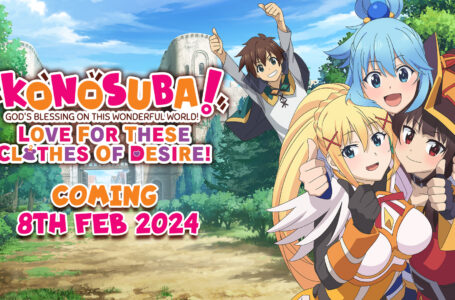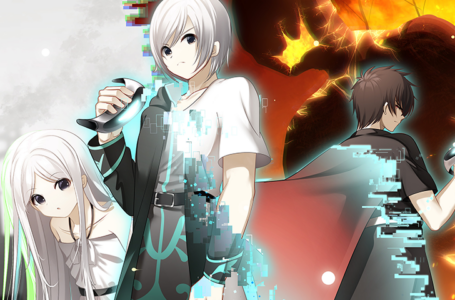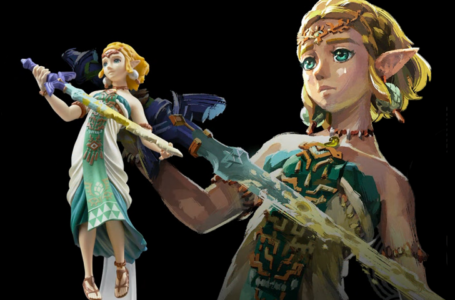Blissful Death: Gothic horror bullet hell with Deathsmiles
Deathsmiles is one of my all-time favourite shoot ’em ups, and has been ever since I took a chance on it largely based on its appealing anime-style cover art back when it first released for Xbox 360. I’ve held off on covering it up until now because I’ve been (im)patiently awaiting my physical copy of the Nintendo Switch port from Strictly Limited Games, which also comes with Deathsmiles II — a game that I’ve never played (as yet!).
We’ll talk more about Deathsmiles II next time, but now I have my Switch copy of Deathsmiles in my sweaty shoot ’em up enthusiast’s hands, it’s time to delve into why I like this game so much — and why, despite its mechanical complexity, it’s a title worth exploring even if you’re relatively inexperienced in the genre.
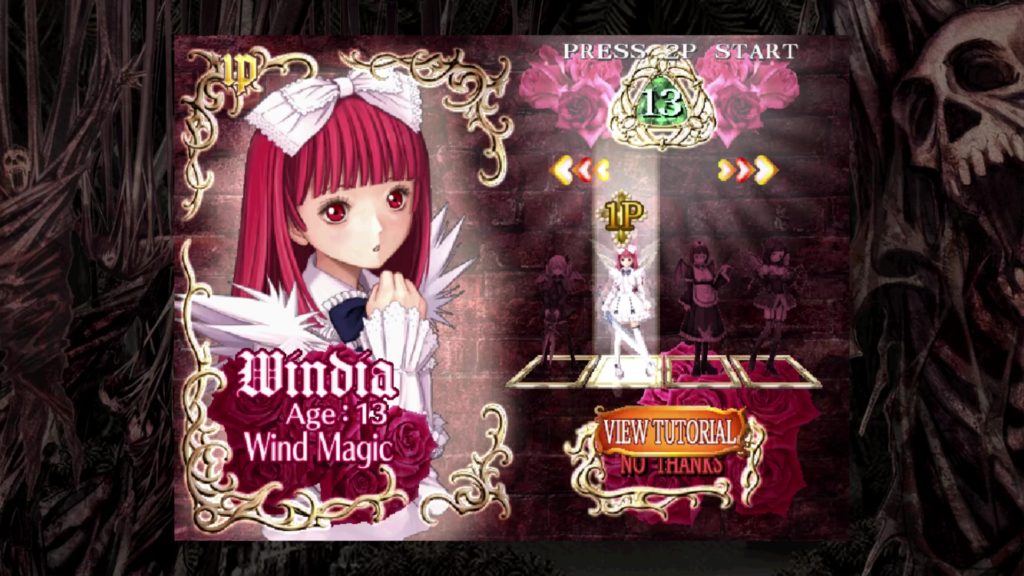
Deathsmiles is a Gothic-styled horizontally scrolling shoot ’em up from danmaku specialists Cave. That means it’s a “bullet hell” title at heart, in which under normal circumstances the emphasis is less on the actual shooting side of things and more on carefully negotiating your way through screen-filling patterns of bullets. Except Deathsmiles bucks that trend to a certain degree by offering some optional mechanical depth that you’ll want and need to engage with if you want to pursue truly high scores worth bragging about.
Deathsmiles has a narrative, but like most shoot ’em up storylines it’s largely indecipherable, beginning with a group of angelic Gothic lolitas (that’s you, that is) descending on a monster-infested town celebrating Halloween and culminating with a confrontation against a final boss with possibly the best name ever: Tyrannosatan. Despite the actual story not making a ton of sense as it progresses, there is at least a nice sense of going on a journey as you proceed through the game.
You can choose the order you tackle the stages in to a certain extent, but in the grand scheme of things you’ll start off in a relatively mundane area (the aforementioned town or the nearby graveyard) and end up working your way to dramatic battles in a volcano and in the villain’s castle. It feels like things build to a dramatic conclusion as you progress through the game, so even if you’re credit-feeding your way through just to see the end, there’s a nice sense of there being high stakes that escalate over time.
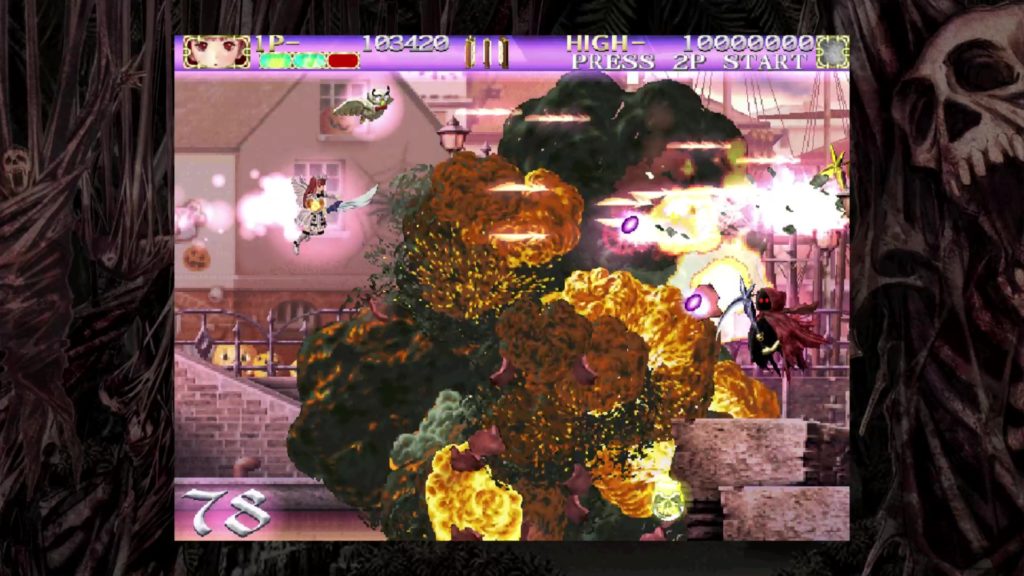
As previously noted, Deathsmiles is one of Cave’s more mechanically complex titles. You can shoot either left or right, and in doing so you can either rapid-fire or hold down the fire button for a stronger “beam” attack. Each of the playable characters has a different shot pattern and a magical familiar that operates in a slightly different way, but these basic rules are always true.
On top of the rapid and beam shots, there’s also a lock-on attack, which tends to require your familiar to get close to the enemies you want to hit with it. This is easier said than done with some characters, so making effective use of this shot type is something to perhaps try and work your way up to rather than attempting to immediately master.
The reason why you don’t necessarily need to engage with all these mechanics immediately is that they all tie in to the scoring system: Deathsmiles rewards you significantly for hitting the right type of enemy with the appropriate kind of shot by showering you with shiny goodies that add to a meter in the corner of the screen.
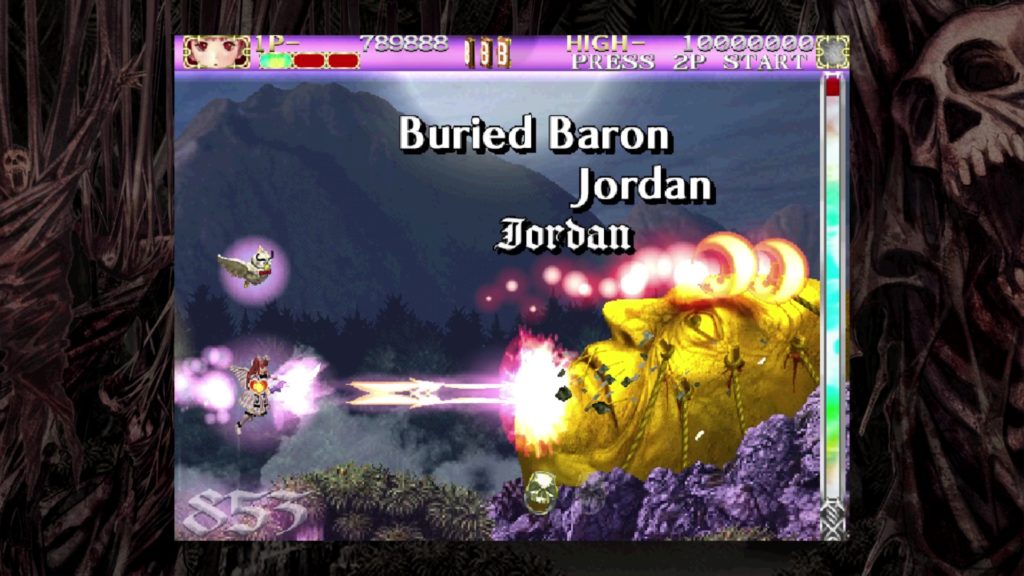
Depending on which of the available versions of the game you’re playing — and there’s a selection of them available in both the original Xbox 360 release and more recent ports — this meter can either be built up as a means of increasing the score you earn for destroying enemies and grabbing their shiny things, or consumed as a means of temporarily powering yourself up.
To describe the intricacies of Deathsmiles’ scoring system and the variants available across its “Arcade”, “Normal”, “Version 1.1” and “Mega Black Label” variants is probably beyond the scope of a single article here, but suffice to say you’ll probably want to start with the appropriately named “Normal” version, in which the basic strategy is to bring your item counter up to its maximum of 1,000, then continue collecting items to increase your score bonus, then use the Power-Up mode to maximise your scoring potential once your bonus meter reaches a particular point.
The nice thing about Deathsmiles is that while you’re learning the game you can completely ignore all this without any real drawbacks other than the fact your score will be a fraction of its true potential. And this is a game that you’ll want to spend some time practicing in order to learn the levels, the enemy formations, the boss attack patterns and the best times to use your various types of attacks — because the attacks that will keep you safe and the ones that will score you the most points don’t necessarily correspond!
There’s also a flexible difficulty system in place, allowing you to tailor the challenge factor of the game with each new level as you go along.
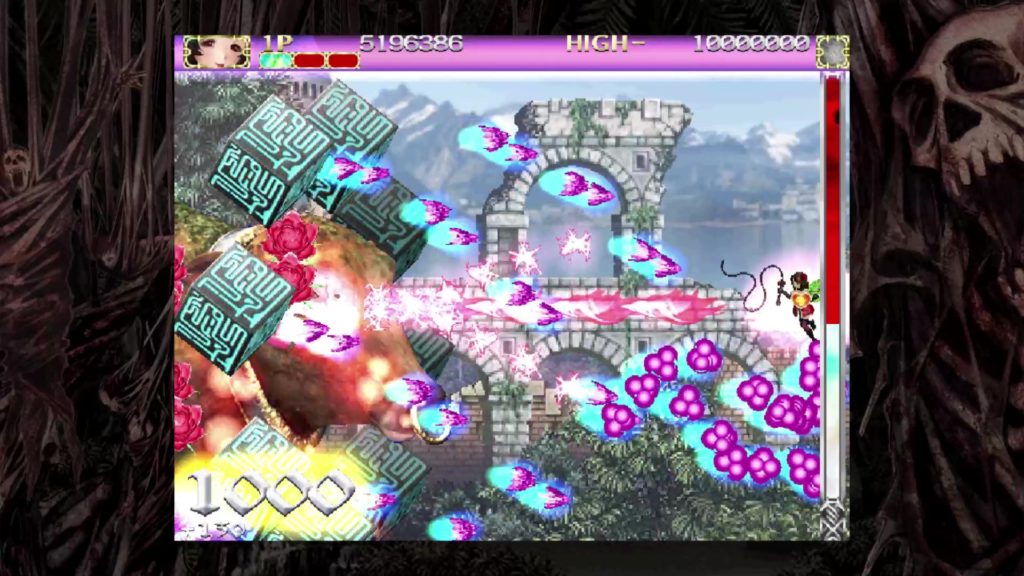
At the lowest rank, the game is very accessible even to newcomers, with challenging but not unreasonable bullet patterns to deal with; at the higher rank, more complex attack and bullet patterns are introduce, boss fights become more complex and you may even find yourself having to deal with extra “suicide bullets” when destroying enemies; these can be absorbed with your familiar (and it’s worth points and item counts to do so!) but they can seriously ruin your day if you’re not ready for them!
One of the most appealing things about Deathsmiles is its overall aesthetic. There’s some absolutely wonderful animation on the enemies, and the visuals as a whole make use of a curious blend of pixel art and what looks like digitised models.
Where the game’s overall “feel” really shines, though, is in its music, which features some absolutely magnificent Gothic rock-inspired themes full of pipe organ, electric guitar, scary choirs and driving beats. The soundtrack complements the gameplay absolutely perfectly — and even if you really struggle to get to grips with Deathsmiles’ mechanics, you’ll likely find yourself wanting to return simply to hear standout tracks like the “Burning Halloween Town” theme again and again.
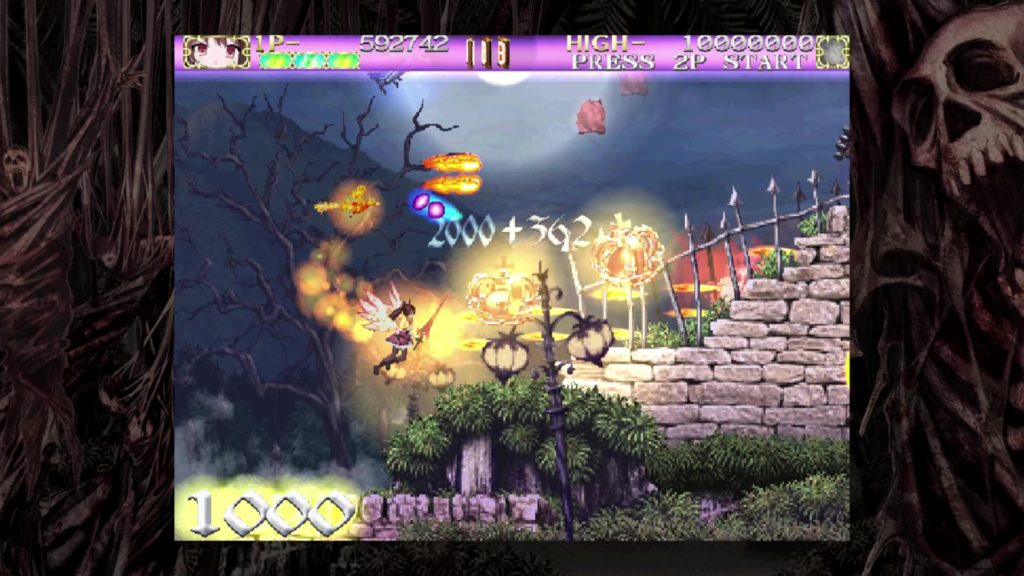
Deathsmiles is not the simplest or the most straightforward shoot ’em up out there, but it’s still one I recommend without hesitation to both shoot ’em up veterans and relative newcomers. It has a broad scope of difficulty options to make it both accessible and challenging to a wide range of ability levels, and the exciting audio-visual presentation makes it a game that is simply satisfying and enjoyable to engage with. And all this is true whether you manage to score a copy of the original Xbox 360 release or one of the more recent ports — I can happily confirm from first-hand experience that the Nintendo Switch version is thoroughly lovely, and comes highly recommended.
Deathsmiles is available now for Nintendo Switch, Windows PC via Steam, PlayStation 4/5 and Xbox platforms. Screenshots from the Switch version.
Join The Discussion
Rice Digital Discord
Rice Digital Twitter
Rice Digital Facebook
Or write us a letter for the Rice Digital Friday Letters Page by clicking here!
Disclosure: Some links in this article may be affiliate links, which means we may earn a small commission if you make a purchase after clicking on them. This is at no additional cost to you and helps support Rice Digital!
- Letter from the Editor: passing the torch - June 30, 2023
- Super Woden GP 2 is looking promising - June 30, 2023
- Inti Creates is making a 32 bit-style Love Live action platformer - June 26, 2023





